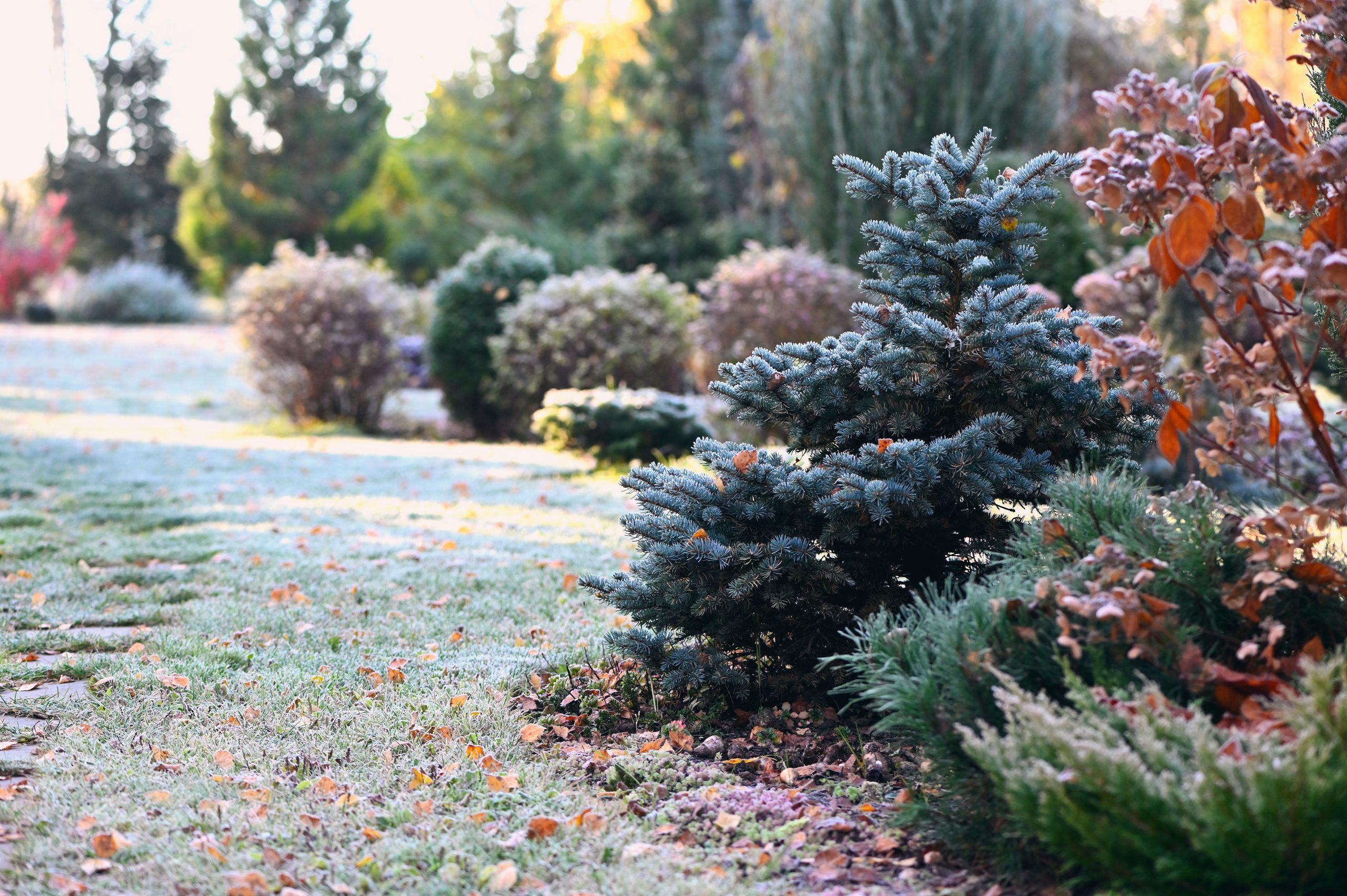
January Gardening Jobs
- Prune apple and pear trees
- Clean pots and greenhouses ready for spring
- Dig over any new vacant plots that have not been dug already
- Disperse worm casts in lawns
- Inspect stored tubers of Dahlia, Begonia and Canna for rot or drying out
- Recycle your Christmas tree by shredding it for mulch
- Start forcing rhubarb
- Plan your vegetable crop rotations for the coming season
- Keep putting out food and water for hungry birds
- Make a polythene shelter for outdoor peaches and nectarines to protect against peach leaf curl
Plants & Flowers
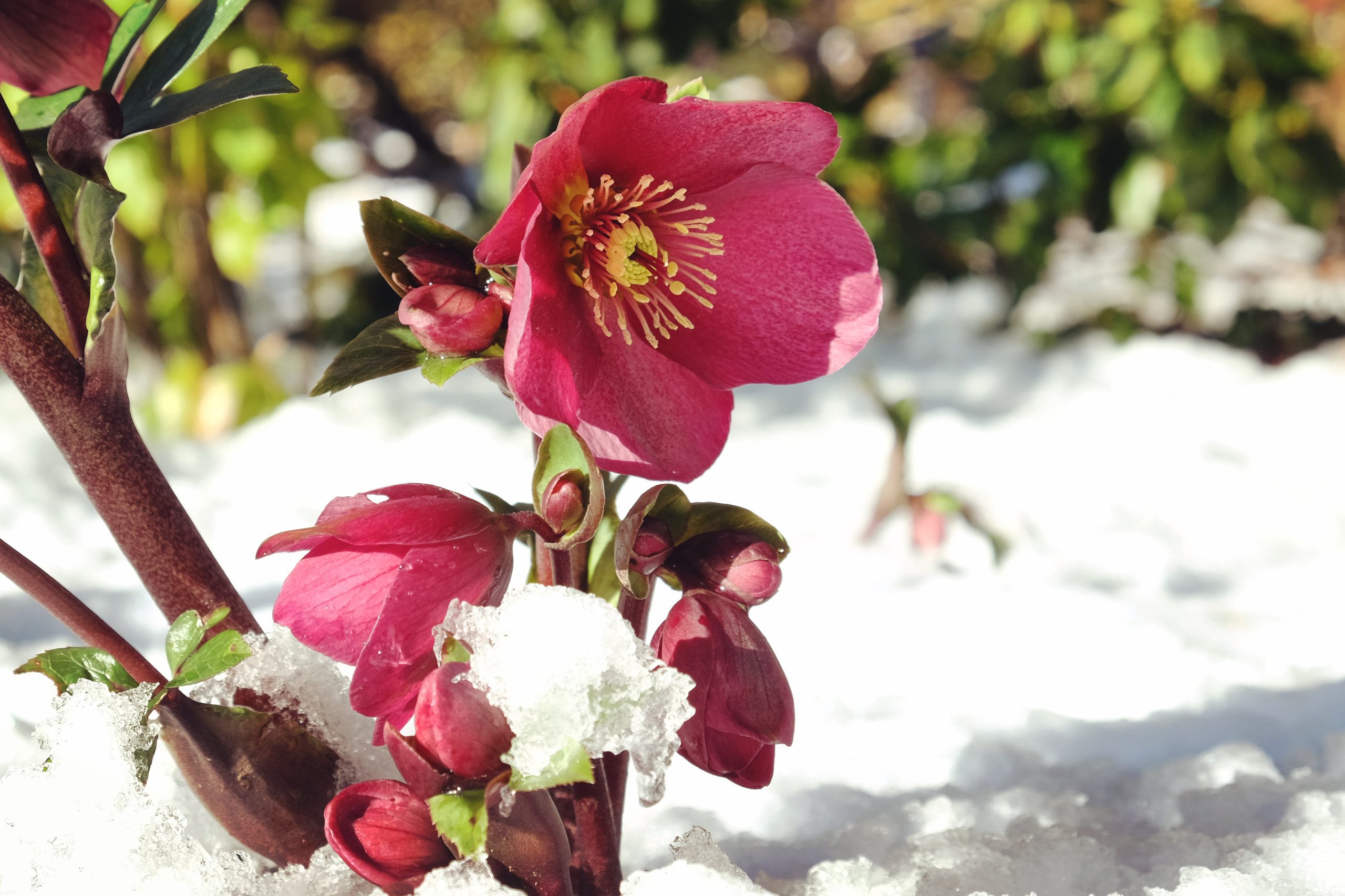
Keep your borders tidy by raking up any winter debris and leaves. Prepare for spring by clearing up weedy beds.
Sweet peas can be sown this month. Place them on a sunny windowsill, or on a high shelf in a sunny greenhouse.
Cut off old leaves of hellebores that produce flowers from ground level to exposed the flowers.
Similarly, cut away some Iris leaves to expose the flowers
Lawn
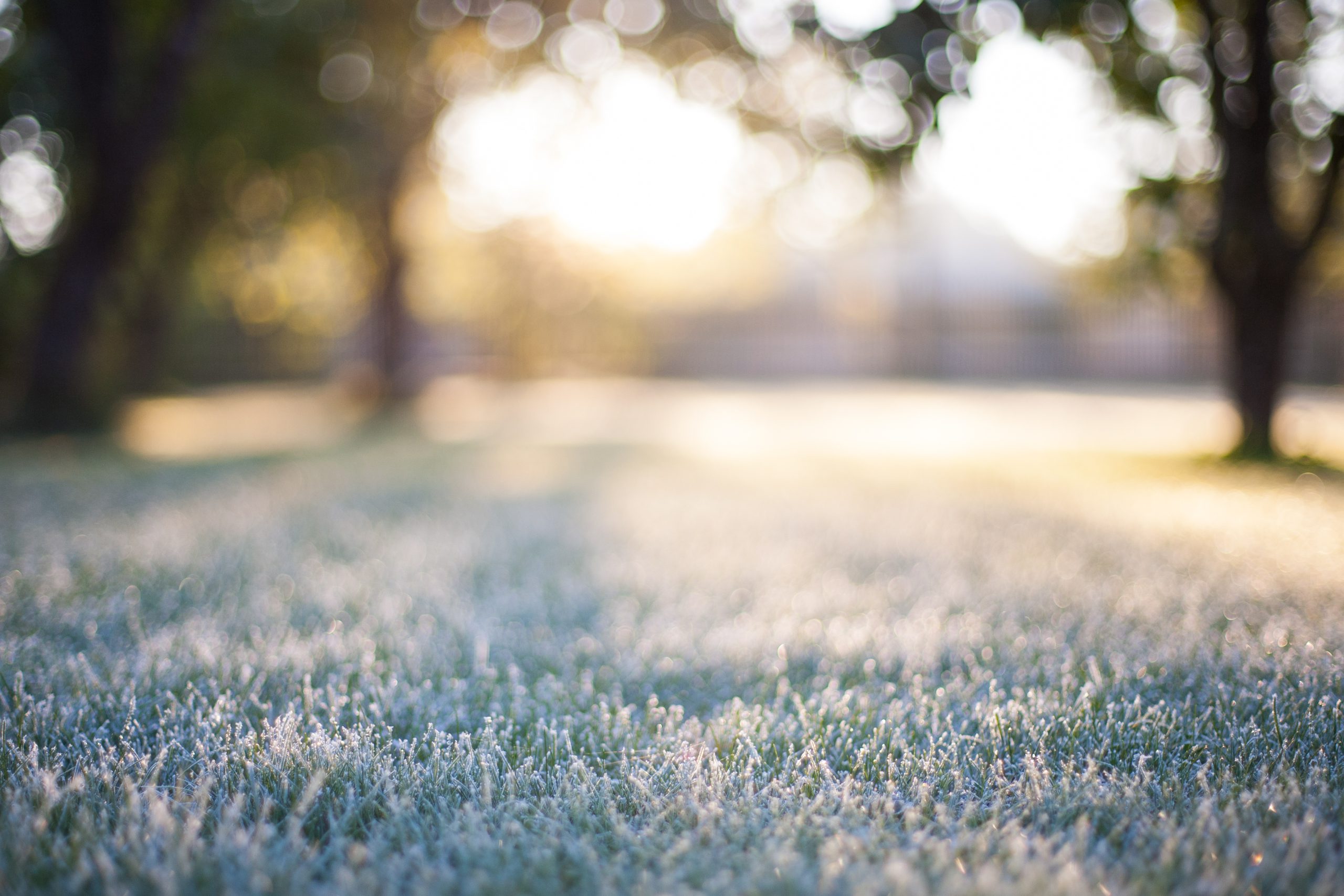
Even out hollows and bumps – Cut an H-shape into the turn, peel back the grass and fill the space with soil. For a bump, cut the same shape and remove excess soil.
Avoid walking on frost covered lawns – this will damage the grass and leave browned footprints.
If the ground is not too cold, re-cut lawn edges to neaten up the garden and prevent grass growing in your borders.
Ponds
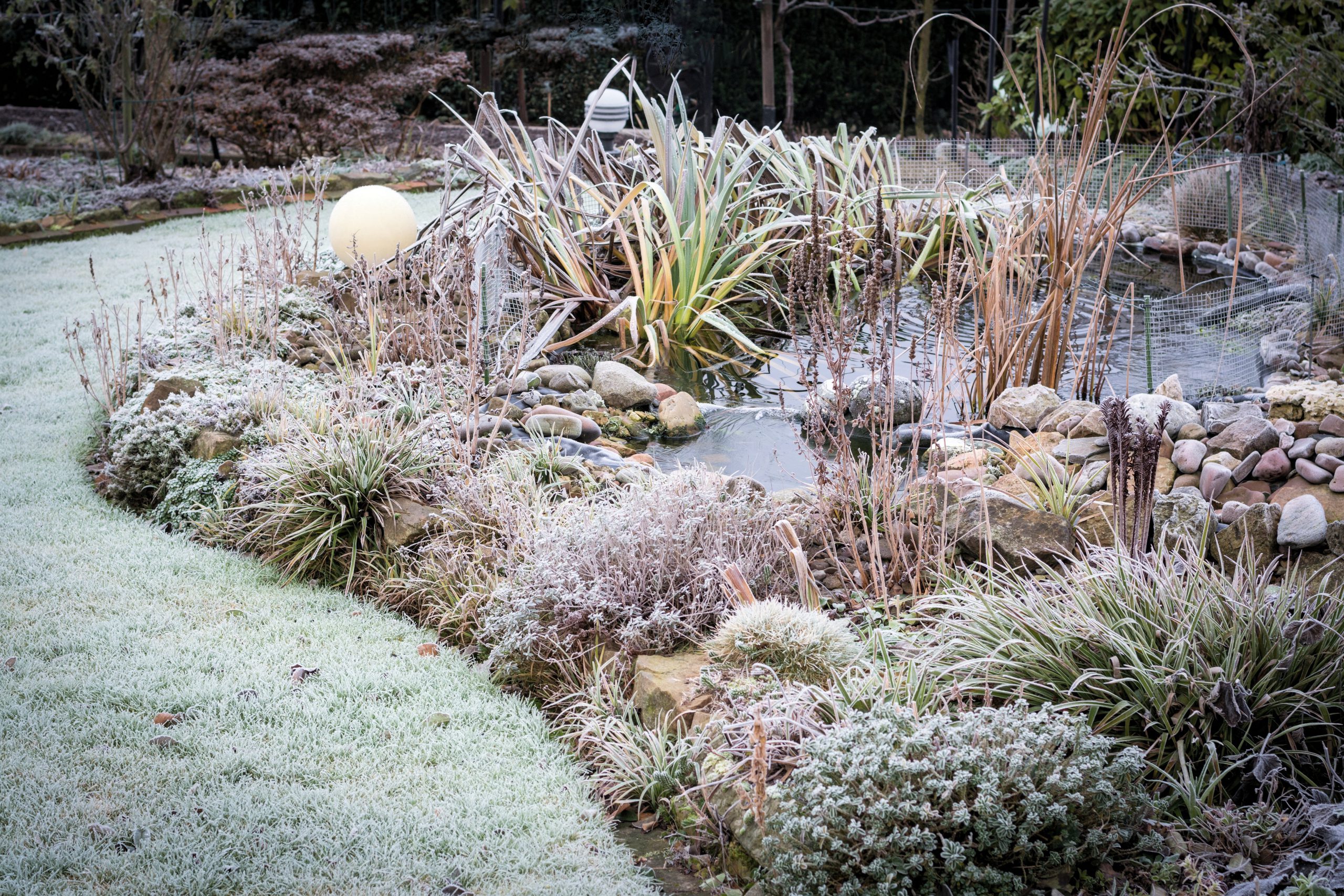
Rake out fallen leaves or shake off any that have landed on protective netting.
Keep an eye on your pond water level as hard frost can cause defects in the liner and even in concrete structures. If you notice a considerable drop in the level, then a leak may have occurred. The repair can be done in the spring so keep the water topped up until then.
Beware of ice forming on the pond if you have fish as this can be fatal. Either install a air pump or pond heater to prevent this.
You can also make a hole by placing a saucepan of hot water on the surface until is has melted. Do not crack the ice as this can harm the fish.
Trees & Shrubs
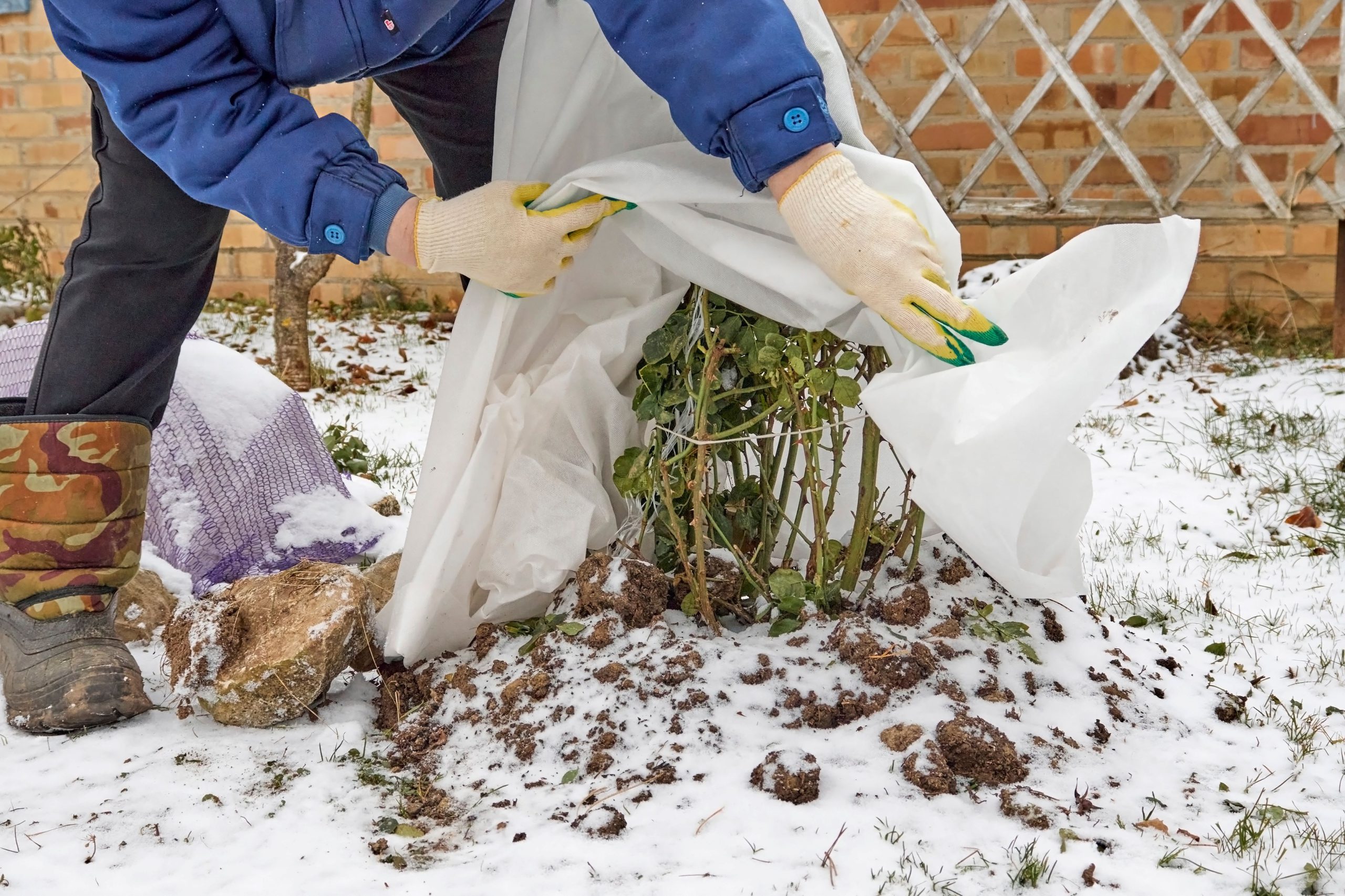
Continue to plant roses but avoid anywhere that roses have been previously planted. This can lead to issues with replant diseases.
Check tree ties and stakes as cold and harsh winds can loosen them.
Protect new trees, hedges and shrubs from the cold weather, winds and frost. Thick dry mulch will protect the roots and branches can be covered with fleece. For evergreens, keep the light coming through by covering with clear polythene – don’t let it touch the leaves as they could freeze or rot from condensation.